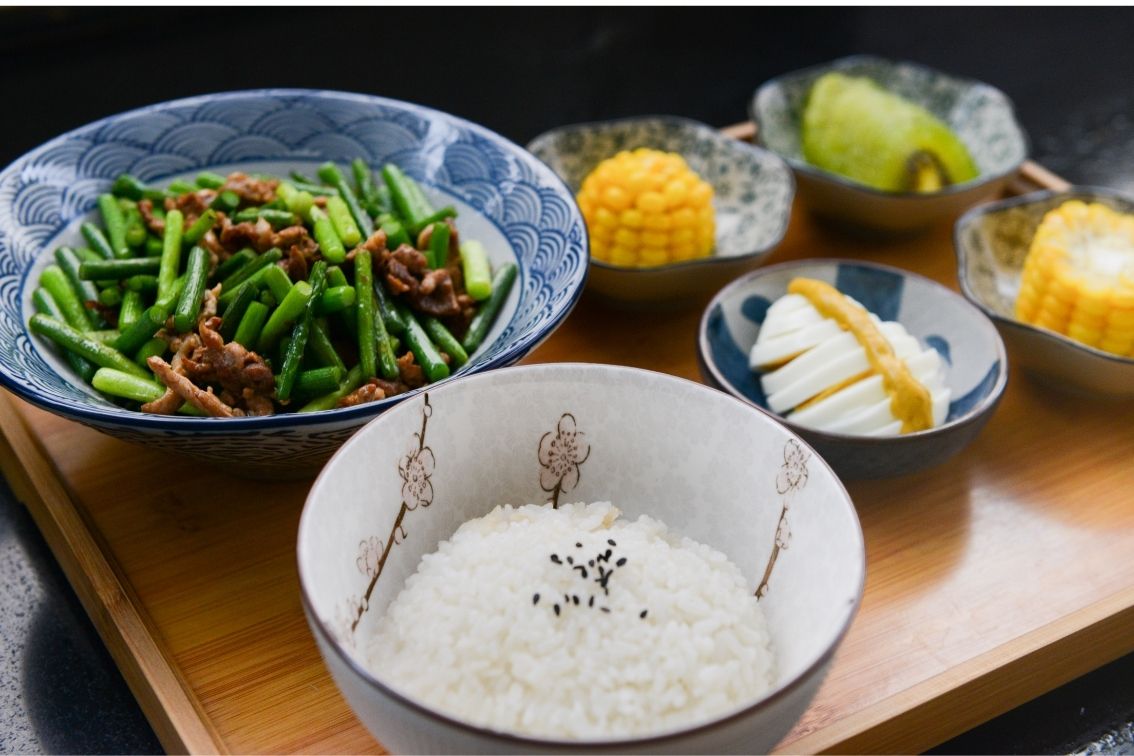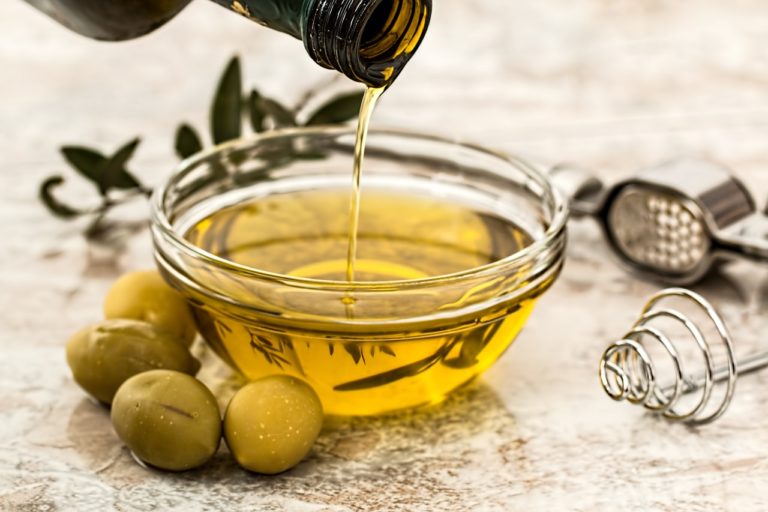Answers To Your Questions About Rice
What questions do you have about rice?
We’ve pulled together answers to your most asked questions about rice. Is your querie here? Some of the answers might surprise you.
Which is the best kind for sushi?
There is mixed opinion on this. [Are you surprised?] Some [perhaps most] say to use short grain white rice, but others say medium grain is best, since short grain will lose its structure. There is, however, a lot of agreement that the critical issue is how you prepare it. It is important to wash it carefully. You want to remove all of the white, cloudy, wash water. After washing it, let it soak for 30 minutes. Then wash again a couple of times. The wash water should run clear when it is properly washed.
Which kind is best for fried rice?
Texture is the critical element here. You want the individual grains to separate — not clump together. A medium grain white rice is your best bet.
Beyond selection of the rice, your success rate will depend on how you proceed from there. You want the surface moisture to be evaporated. If you are using freshly cooked rice, spread it in a thin layer while it is still steaming hot to allow for as much evaporation as possible.
Another preparation step that will help to reduce the clumping is to rinse it well before you cook it. This will remove a lot of the starch.
Check out the Food Lab for a very detailed discussion on the preparation of fried rice.
Which rice is easiest to digest?
The digestibility may have less to do with the “type” and more to do with the preparation method.
All grains contain phytic acid and enzyme inhibitors. These elements make them difficult for the human digestive system to handle well. Our ancient ancestors understood how to prepare grains to improve their digestibility, but this knowledge seems to have been lost in the current Standard American Diet. (Many cultures around the world still do prepare grains according to ancient traditions.)
Soaking grains for several hours in acidulated water will neutralize a lot of the phytic acid and deactivate the enzyme inhibitors. This will greatly enhance the digestibility.
Soak rice for at least 7 hours in warm water to which you have added one of these acetic liquids: whey, kefir, yogurt, or lemon juice. Use about 1 tablespoon of the acetic ingredient for each cup of water. Use a ratio of 2 cups of water to 1 cup of rice.
After soaking, proceed with cooking in the usual way.
My source for the information in this section is Sally Fallon’s Nourishing Traditions. This book is a great resource if you are interested in learning the most nutritious ways of preparing your basic foods.
Which rice is sticky?
Look for rice that is labeled as “glutenous”, “sweet”, or “long-grained sticky”. As with other rice dishes, selecting the proper variety is just the first step. Preparation method is also critical.
The easiest way to prepare sticky rice is with a rice cooker. Measure the grain, water, and salt into the cooker. Let it soak for 4 hours, and then start the cooking process. The cooker will handle the rest.
Which rice is good for dogs?
Are you surprised to see this question? Many dog owners do wonder about this. Dogs are meat eaters. Many commercial dog food preparations are grain-based for the sake of economy.
Your dog’s food should be meat-based, but according to veterinarian Dr. Richard Pitcairn, brown rice can play a useful role in your dog’s diet. It is, however, lower in protein than some other grains, and it takes longer to cook, so you might want to consider some other options. Consider rolled oats.
What is the best rice for risotto?
For risotto you want a starchy, sticky type. Choose a short-grained Italian kind like Aroborio, and do not wash it prior to cooking. You want all that starch remaining in order to achieve the stickiest, creamiest end result.
Where is rice grown?
It is now grown on every continent. It grows in a variety of environments typically classified as irrigated lowlands, rain fed lowlands, and rain fed uplands. 90% of all rice is grown in Asia (mostly China and India). Most of that grown in the USA is grown in California and the southern states along the Mississippi River. If you are interested, ricepedia.org has a lot more info about this.
Cooking problems:
When rice is mushy.
A few things might be causing it to be mushy:
- Stirring – bring the water to a boil, add the rice and give it one quick stir, then reduce the heat and put the lid on it. Don’t stir again.
- Rice is too starchy – rinse it thoroughly before cooking.
- Proportion of water to rice – try cutting back a little on the water. If you are making a larger batch than usual, remember that you don’t use the same rice/water proportions as you increase the quantity.
When rice is crunchy.
Oddly enough, some of the same recommendations for fixing mushy rice apply here. That is:
- make sure you are using the correct ration of rice to water
- follow the no-stir rule stated above
Cook over low heat, and allow the pot of cooked rice to rest for 5 to 10 minutes before you remove the lid. You can add a little more water and cook an additional 15 minutes it is still undercooked.
Is a rice cooker worth the money?
Well, that depends on your situation. Is it a critical part of your daily diet or just something you occasionally include on the menu? Millions of people on this planet consider it to be an indispensable part of their daily meals. If you are among those people you may find that a good quality rice cooker is a great addition to your kitchen!
Many of the better cookers can also function as slow cookers and vegetable steamers. So, while the top quality cookers may seem expensive, bear in mind that they are multifunctional appliances that will get a lot of use over the years.


